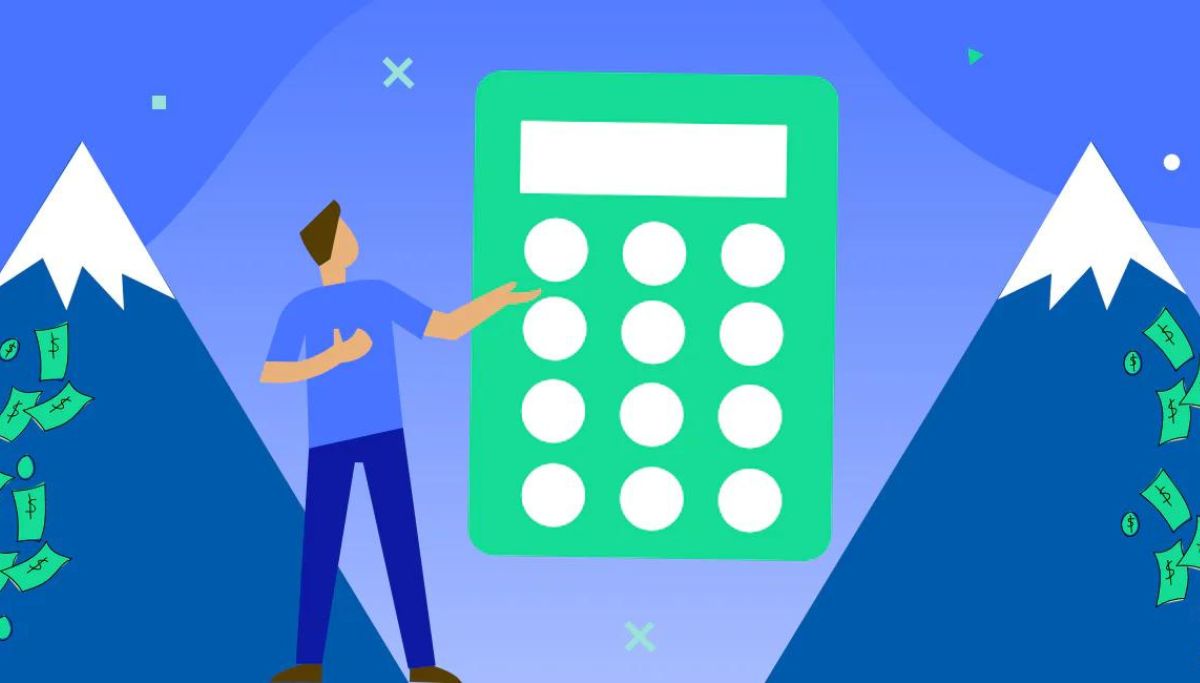Table of Contents
Debt repayment is an arduous endeavor, especially if you just pay the minimal amount needed each month. Payments must often be accelerated in order to become free and clear. To clear outstanding sums in this manner, there are two unique approaches: the debt avalanche method and the debt snowball approach. In today’s blog, we will focus on the avalanche debt repayment method, how it works, and how to use it.
What Is The Debt Avalanche Method?
If you’re feeling buried under an accumulation or an avalanche of debt, the debt avalanche approach may be able to help. The debt avalanche approach is a debt-reduction tactic. It entails focusing on paying off your education loan with the greatest interest rate first, followed by the loan with the next highest interest rate, and so on. This strategy may assist you in escaping a debt avalanche and reducing expensive interest rates.

How Does The Debt Avalanche Method Work?
The avalanche payment method involves making minimal payments on all of your outstanding accounts, then utilising any remaining money set aside for your debts to pay off the bill with the highest interest rate. You will save the most money on interest payments if you use the debt avalanche strategy.
When you use the debt avalanche method, you prioritise paying off your highest-interest debt first before moving on to other debts. So, if your highest-interest obligation is a credit card bill with an annual percentage rate (APR) of 18.99 percent, you prioritise that debt while still making minimum monthly payments on your other debts. Any money leftover from your budget goes toward your highest-interest debt, which in this example is a credit card with an APR of 18.99 percent.
Once the 18.99 percent APR credit card debt is paid off, you move on to the loan with the next highest interest rate. Let’s imagine you have a personal loan with an APR of 10.99 percent. At this point, you transfer the money you were paying on the 18.99 percent APR credit card debt to the 10.99 percent APR personal loan, adding the extra amount to the personal loan’s minimum monthly payment. You continue to pay at least the minimum amount due on all of your other bills.
Thereby, if you tend to consistently follow the debt avalanche method, chances are you could gradually erase all your debts and drastically reduce your education loan interest rates.
Did you know? When you look at the term “avalanche” in the debt avalanche method, it indicates your higher-interest debt tumbling down just like how snow, ice, and boulders do in a mountainous avalanche.
What Debts Should Be Prioritized In A Debt Avalanche?
So, which types of debts can ideally be included in the debt avalanche method? The following:
- Credit cards
- Individual loans
- Education loans
- Auto loans
- Medical bills
However, regardless of the type of debt, you prioritise the obligation with the greatest interest rate first.
Fill the form in this blog TODAY to get free loan consultation services!
How To Get Started With This Strategy?
There are 4 main steps you can take in order to get started with the debt avalanche method, and they are as follows:
- Firstly, you create a list of all your debts
- Rank your debts on the basis of the highest interest rates to the lowest interest rates
- Prepare a budget plan. When you track your income and expenditure, you can determine how much additional money you can set aside, in addition to your monthly debt payments, to pay off the highest-interest loan on your list.
- Once you’ve paid off the higher interests, it is recommended that you move on to the next higher interest rates.
Merits And Demerits Of This Strategy
One of the major merits of using the avalanche technique vs. snowball technique is that you start with the highest-interest debt and work your way down. In the long term, this might save you a significant amount of money in interest payments.
Furthermore, because you’re getting rid of the highest-interest, most expensive debt first, the debt avalanche technique may give some motivation. Moreover, the debt avalanche may be a faster path to debt-free status than alternative repayment options since you will pay less interest overall.
The debt avalanche strategy, on the other hand, maybe disadvantageous since the highest-interest debt may also be the loan with the biggest sum. If this is the case, it may take some time to see results and it may be difficult to keep to the approach.
According to a 2018 study, the debt avalanche approach does not provide “substantial psychological benefits,” which is important to consider when comparing the debt avalanche to the alternative debt snowball method. The paper notes, however, that “if the goal is for the individual consumer to simply pay off their debts the most quickly, and the consumer has no motivational or habitual issues that might complicate this, the avalanche…will nearly always be the superior choice.”
Thank you for reading this blog on Debt Avalanche Payment. If you’d like to read more, here are some blogs that might interest you –










0 Comments